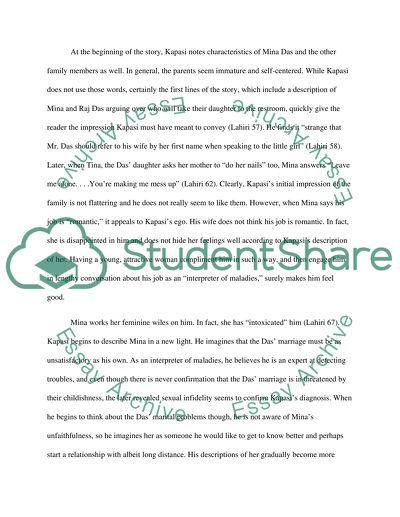Cite this document
(“Interpreter of Maladies by Jhumpa Lahiri Admission/Application Essay”, n.d.)
Interpreter of Maladies by Jhumpa Lahiri Admission/Application Essay. Retrieved from https://studentshare.org/literature/1432724-interpreter-of-maladies
Interpreter of Maladies by Jhumpa Lahiri Admission/Application Essay. Retrieved from https://studentshare.org/literature/1432724-interpreter-of-maladies
(Interpreter of Maladies by Jhumpa Lahiri Admission/Application Essay)
Interpreter of Maladies by Jhumpa Lahiri Admission/Application Essay. https://studentshare.org/literature/1432724-interpreter-of-maladies.
Interpreter of Maladies by Jhumpa Lahiri Admission/Application Essay. https://studentshare.org/literature/1432724-interpreter-of-maladies.
“Interpreter of Maladies by Jhumpa Lahiri Admission/Application Essay”, n.d. https://studentshare.org/literature/1432724-interpreter-of-maladies.


